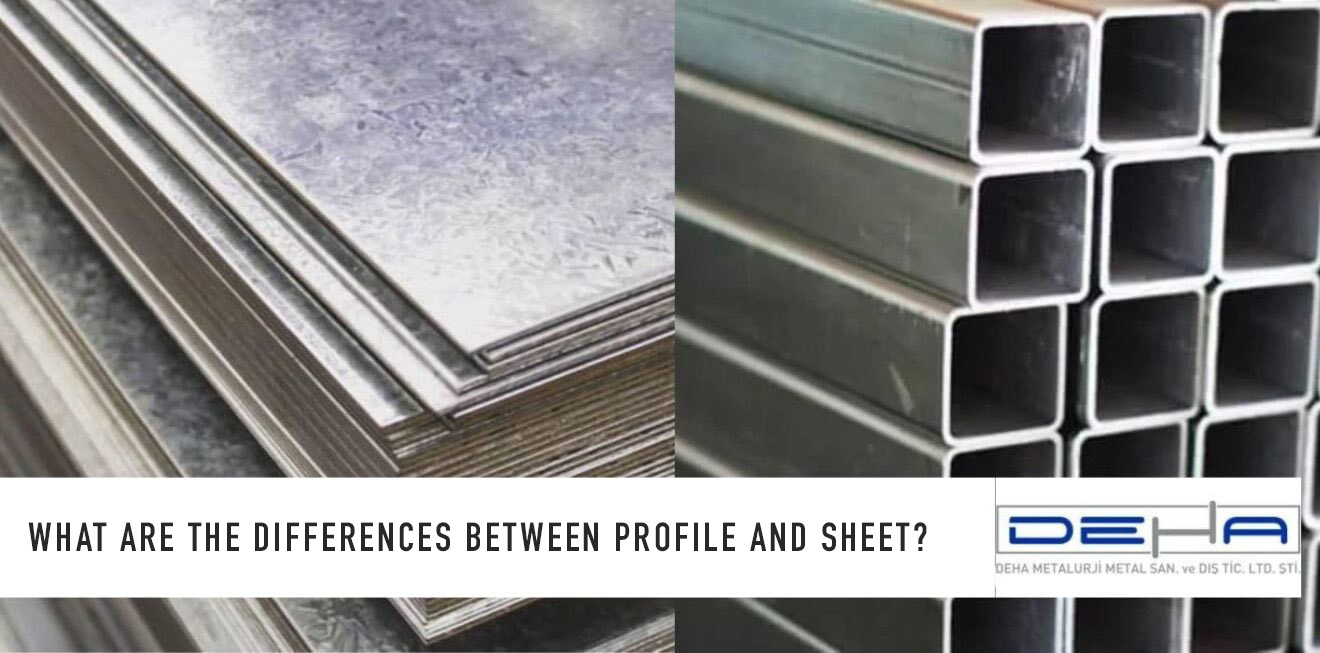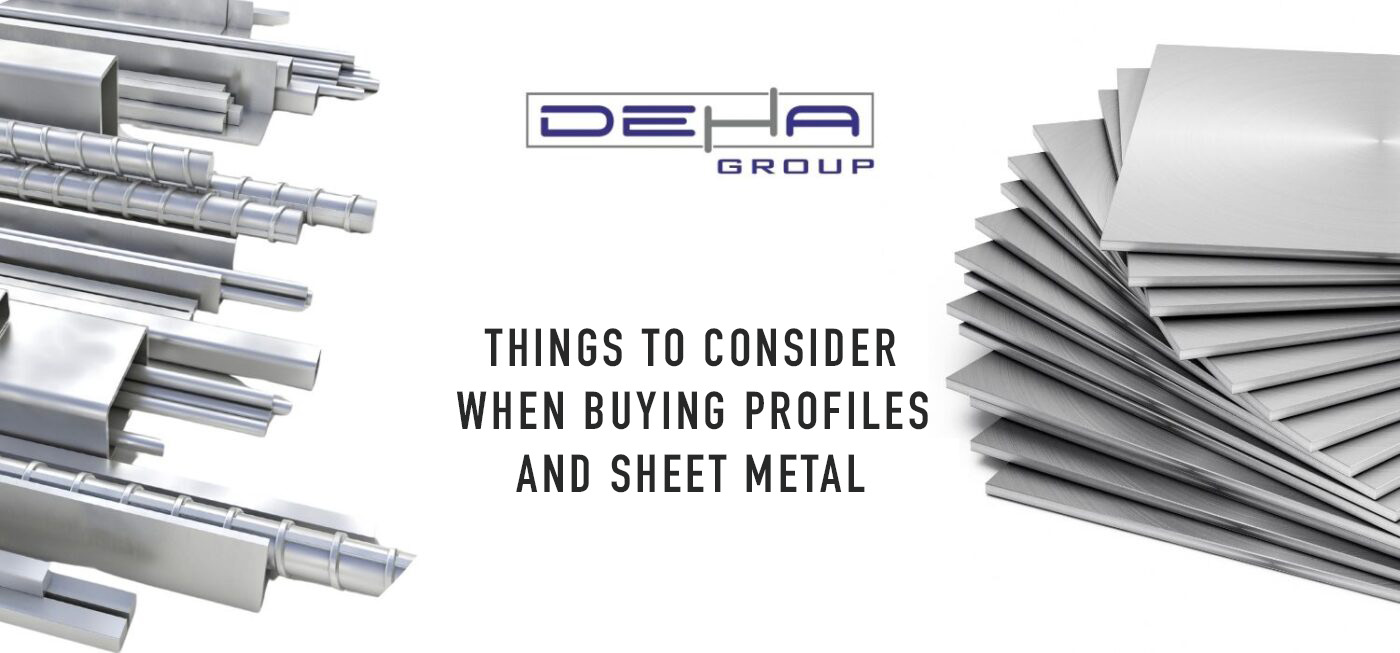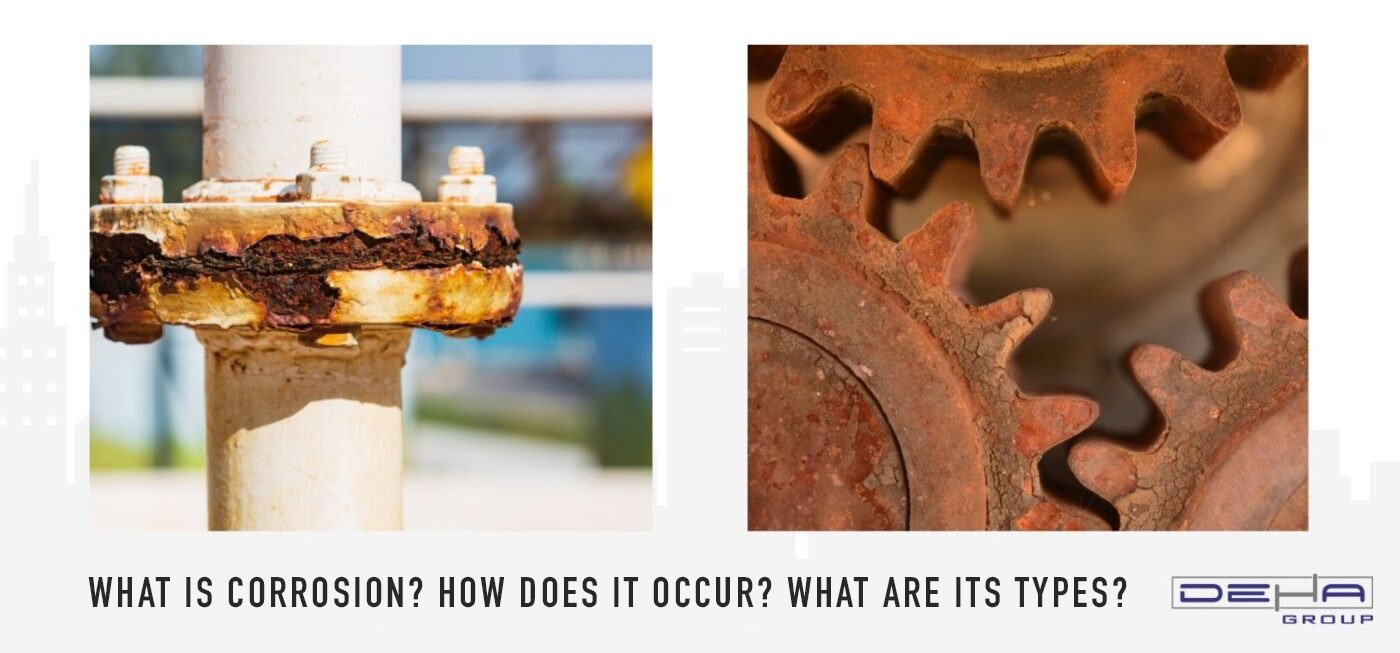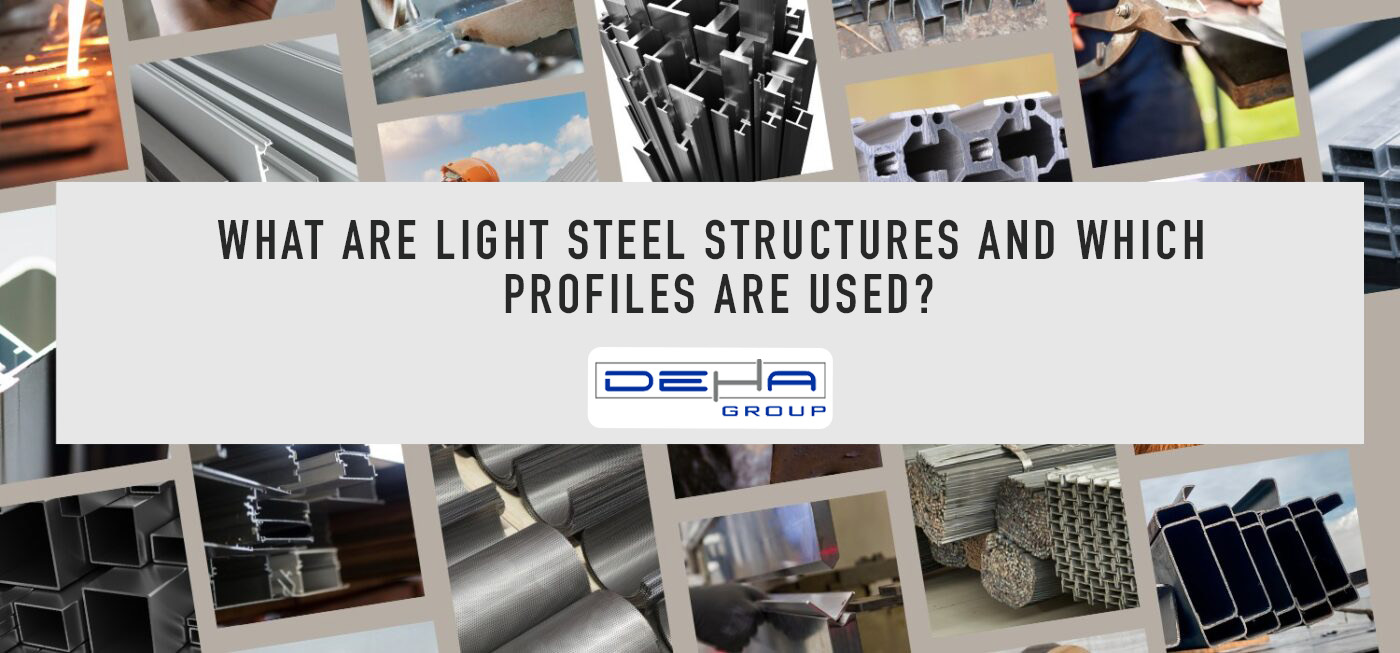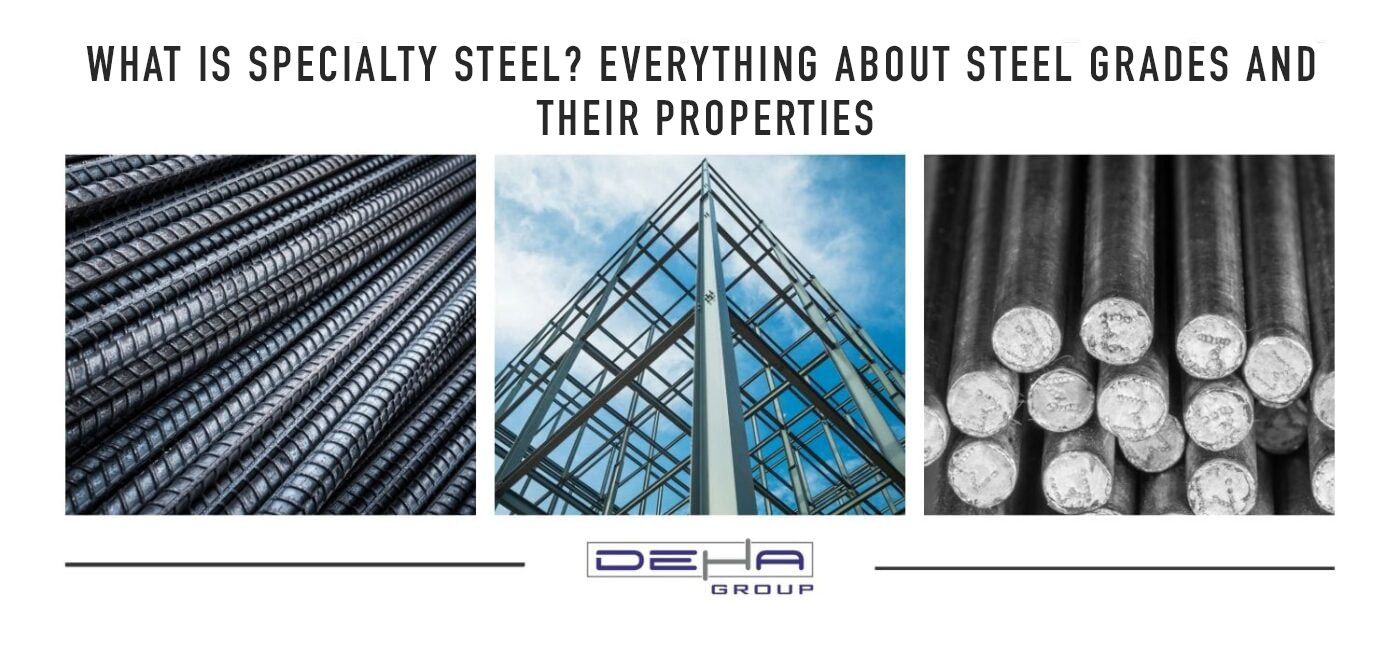
Specialty steel is a type of steel specially formulated to perform a particular function. These steels generally show superior performance in terms of mechanical, chemical, or physical properties compared to standard steels. Specialty steels are known for features such as high durability, hardness, and wear resistance, which is why they play critical roles in various industries. They are especially used in the automotive, aerospace, and construction sectors.
These types of steel gain specific qualities through the alloy elements they contain and heat treatments. For example, high carbon steels provide an advantage in terms of hardness, while steels containing chromium or nickel become resistant to corrosion. These properties make specialty steels ideal for special applications.
Specialty steels are typically produced according to the technical specifications determined by the manufacturer. This ensures that each steel conforms to specific standards and quality controls. As a result, these types of steels offer high reliability both in production processes and in final products.
The production of qualified steel is a complex process and consists of specific stages. The first stage is determining the chemical components of the steel and selecting the appropriate alloying elements. The final properties of the steel are determined by adding these elements in the right proportions. For example, increasing the carbon content in carbon steels provides hardness, while elements like chromium and nickel enhance corrosion resistance.
The next stage is melting and mixing the steel. In this process, the steel is melted at high temperatures and alloying elements are added. Then, the steel is poured into molds and shaped into various forms. During this process, the steel is subjected to specific heating and cooling conditions, which affect its mechanical properties.
In the final stage, the steel undergoes heat treatment to achieve the desired properties. Heat treatments optimize the steel's hardness, durability, and other physical characteristics. These treatments include methods such as annealing, hardening, and tempering. Each stage affects the steel's final performance and adapts it to specific industrial requirements.
Steels are classified into various categories based on their content and areas of use. Basically, steels are divided into main groups such as carbon steels, alloy steels, and stainless steels. Carbon steels are classified by low, medium, and high carbon contents and are generally used to meet durability and hardness needs. Alloy steels contain various alloying elements, which improve certain properties of the steel.
Stainless steels are known for their high resistance to corrosion and are typically alloyed with chromium, nickel, and other elements. These types of steels provide superior performance in challenging conditions such as chemical and biological environments. Additionally, stainless steels are used in architectural and decorative applications due to their aesthetic appearance.
Furthermore, steels are classified according to specific application needs. For example, high-speed steels are used in cutting tools and machine tools, while hot-work steels are preferred in equipment operating at high temperatures. Each steel class is designed to meet a specific usage purpose and performance requirement.
Steels can be classified based on various criteria, and these classifications vary depending on the content, processing method, and usage area of the steel. One of the most commonly used methods for classifying steels is according to international standards and industry norms. For example, in European standards, steels are defined by EN (European Norm) codes, while in American standards, ASTM (American Society for Testing and Materials) codes are used.
Another classification method is based on the chemical components of the steel. Carbon content affects the hardness and strength of the steel, while alloy elements determine other physical and chemical properties. Therefore, steels are grouped according to their carbon and alloy elements, and each group is optimized for a specific application purpose.
Finally, steels can also be classified according to processing methods. This classification depends on whether the steel is processed through hot working, cold working, or special heat treatments. The processing method of steel directly affects its final properties and usage area, which is why such a classification is important for industrial applications.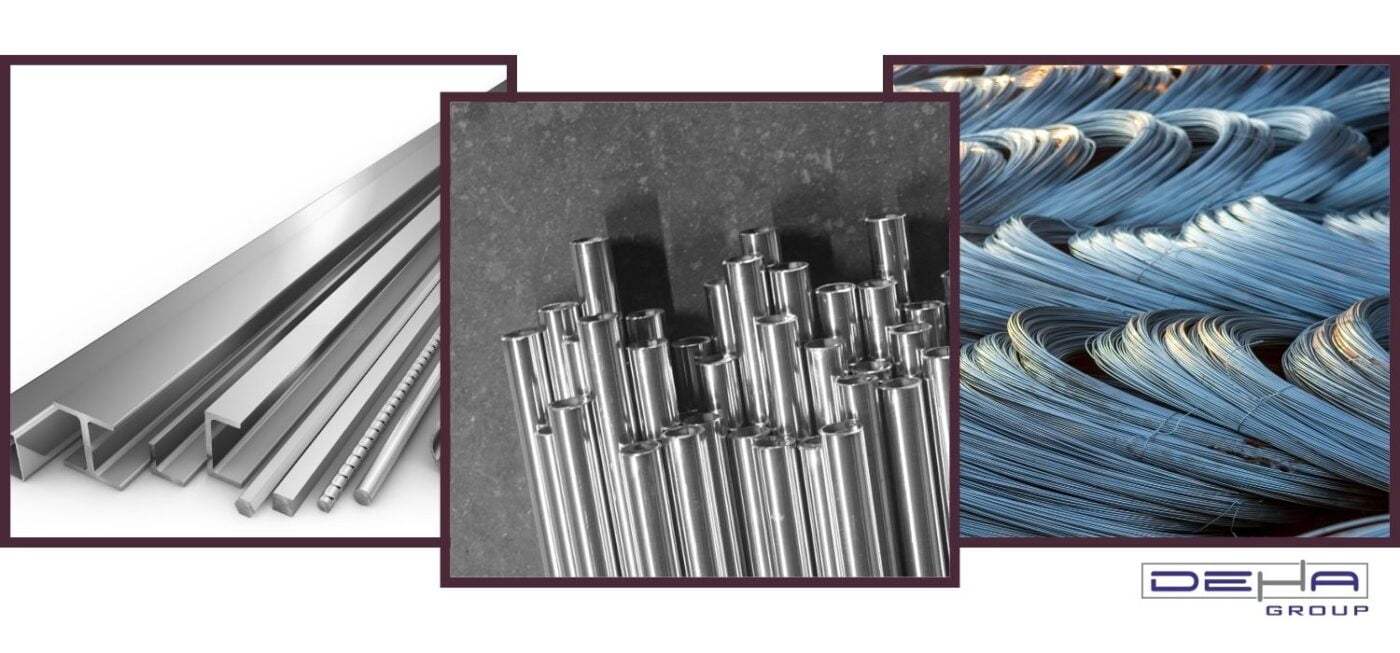
Special steels offer a wide range of applications in various industrial and commercial sectors. These steels are particularly preferred in situations requiring high performance and reliability. Here are the most common application areas of special steels:
Automotive and Transportation Sector
Special steels play a critical role in the automotive and transportation sector. They are used in components like engine parts, chassis elements, and safety systems where high durability and hardness are required. For instance, high carbon steels are preferred in automobile engine cylinder heads and crankshafts, while stainless steels provide corrosion resistance in vehicle exhaust systems. Additionally, special steels are used in large-scale transportation projects like train tracks and aircraft structures, ensuring safety and longevity.
Aerospace Industry
The aerospace industry is one of the highest performance-demanding areas for special steels. The steels used in this sector are resistant to extreme temperatures, high pressures, and chemical effects. Special alloys are developed for jet engines, rockets, and other spacecraft operating under high temperature and pressure conditions. Special steels are critically important in these applications both structurally and functionally, as they optimize both lightness and durability to enhance performance.
Construction and Building Sector
In the construction and building sector, special steels are used to enhance the durability and safety of structures. These steels are used in structural elements subjected to high tensile forces, such as bridges, buildings, and other large construction projects. Special steels can be used together with reinforced concrete structures or preferred for entirely steel-made structures. Additionally, due to their corrosion-resistant properties, these steels are widely used in marine structures and outdoor applications.
Machinery and Equipment Manufacturing
In machinery and equipment manufacturing, special steels are preferred for providing high mechanical properties and long life. They are especially used for cutting tools, gears, bearings, and other moving parts. With high wear resistance and hardness features, these steels ensure efficient and reliable operation of machines. Moreover, special steels are critically important in various industrial machines, processing, and production processes, as they enhance both durability and performance.
Energy Sector
The energy sector is one of the high-performance application areas for special steels. These steels are used in energy production facilities, especially in components exposed to high temperature and pressure conditions. For instance, they are crucial parts in steam turbines, pipelines, and power plants. The high strength and thermal resistance features of special steels provide reliable and effective performance in the challenging conditions of the energy sector.

 TR
TR

